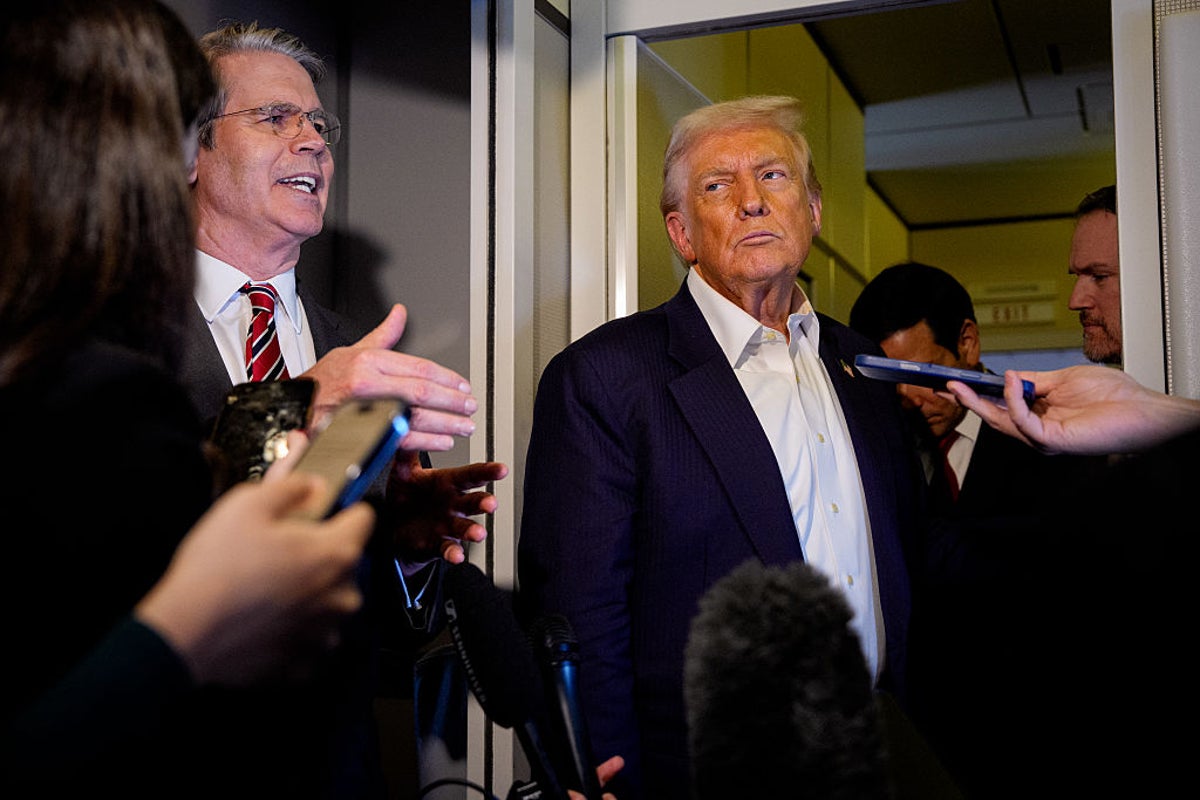
America’s national debt is now climbing at its fastest rate ever, propelled in part by the “One Big Beautiful Bill” passed by Republicans earlier this year.
A new forecast from the IMF shows the U.S. heading the route of countries in southern Europe famous for their own issues with debt, inflation and financial instability, like Greece and Italy. But while the two European nations have seen conditions bottom out and, in Greece’s case begin to improve, the U.S. appears to be making little progress fighting its own accumulation of debt.
The IMF report analyzed debt as a percentage of GDP, revealing that the U.S. looks set to surpass both countries with its ratio of debt-to-GDP by 2030. At that time, the IMF projects the U.S. will have the highest debt-to-GDP ratio of any country on earth.
And despite the claims of Donald Trump and his Republican allies in Congress to the contrary, his administration has contributed to that imbalance by surging new spending in the forms of tax cut extensions and funding for the president’s mass deportation efforts, two of the largest items in the president’s “One Big Beautiful Bill” passed earlier this year.
That legislation funded a massive expansion of U.S. Immigration and Customs Enforcement (ICE), while also extending the 2017 Republican tax cuts that benefited wealthier Americans and corporations to a greater degree than middle-income and lower-income families.
It also follows the largely window-dressing efforts of DOGE, Donald Trump’s effort to let Elon Musk and his cronies run amok through the federal government on a hunt for supposedly wasteful spending. A Politico investigation in August found that only a tiny fraction of the contracts alleged to have been canceled by DOGE operatives were verifiably ended, with the money remaining in the coffers of the respective federal agencies — not returned to the Treasury.
A New York Times report this month revealed that no one in Washington seems to know the actual number of federal dollars “saved” by DOGE — not congressional appropriators, and not independent budget hawks, while the White House’s own figures remain inaccurate, likely willfully so.
Those factors and more resulted in the Treasury declaring this past week that the U.S. debt is now climbing at its highest rate outside of the Covid-19 pandemic, when federal spending was supercharged in the American Rescue Act and through other measures taken to stabilize the economy amid lockdowns, supply chain shortages and business closures. In the same report, the Treasury noted that the U.S. national debt hit $38 trillion, a new record high.
For six years straight, the U.S. federal budget deficit has been higher than $1 trillion; it was $1.8 trillion in FY 2025, and estimates for this current fiscal year (which began on Oct 1) range from $1.7 trillion to $2.2 trillion.
“By 2044, interest costs will exceed spending for Social Security (the largest federal program), absent a change in fiscal policy,” according to the Government Accountability Office.
White House officials and Trump’s allies in his Cabinet and Congress claim that the figures could be much rosier. In August, the administration claimed that tariff revenue would reduce the federal budget deficit by $4 trillion over 10 years, and Treasury Secretary Scott Bessent said this week that federal agencies have made progress in cutting spending as 2025 has progressed.
He made that announcement to news networks at an annual IMF/World Bank meeting in Washington, telling Fox Business: “I think we could make substantial progress again [next year]” in cutting the U.S. deficit-to-GDP ratio.
Experts note that the federal debt affects factors in the economy including interest rates and inflation in ways that most Americans don’t often realize. It also makes future federal investments in services and programs more costly.
“We spent $4 trillion on interest over the last decade, but will spend $14 trillion in the next ten years,” Michael Petersen of the Peter G. Petersen Foundation told the AP in a statement. “Interest costs crowd out important public and private investments in our future, harming the economy for every American.”
His foundation added in an analysis this week: “Three successive downgrades of the U.S. credit rating should alarm our elected leaders. For decades, the United States has seen significant benefits from having the dollar as the world’s reserve currency. Unless we change course and improve our fiscal condition, we may put that position at risk.”
